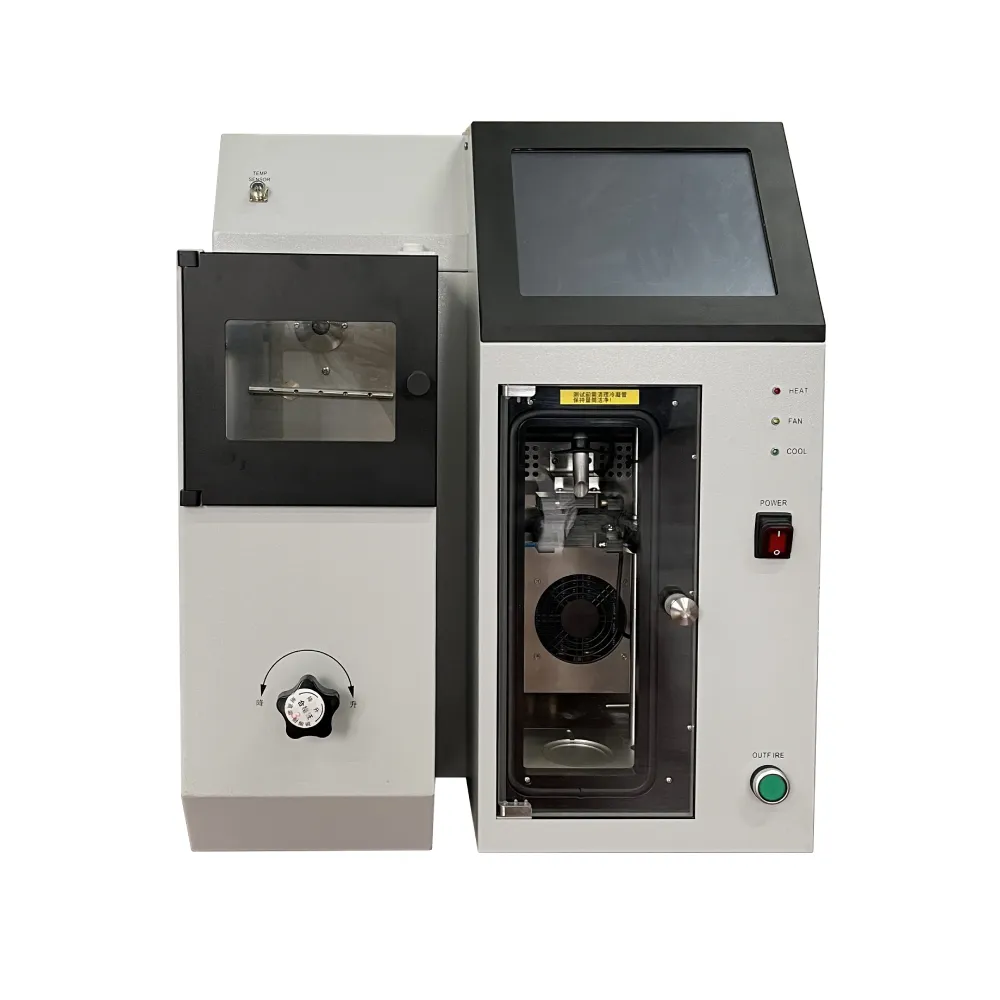 English
English



-
 Afrikaans
Afrikaans -
 Albanian
Albanian -
 Amharic
Amharic -
 Arabic
Arabic -
 Armenian
Armenian -
 Azerbaijani
Azerbaijani -
 Basque
Basque -
 Belarusian
Belarusian -
 Bengali
Bengali -
 Bosnian
Bosnian -
 Bulgarian
Bulgarian -
 Catalan
Catalan -
 Cebuano
Cebuano -
 China
China -
 China (Taiwan)
China (Taiwan) -
 Corsican
Corsican -
 Croatian
Croatian -
 Czech
Czech -
 Danish
Danish -
 Dutch
Dutch -
 English
English -
 Esperanto
Esperanto -
 Estonian
Estonian -
 Finnish
Finnish -
 French
French -
 Frisian
Frisian -
 Galician
Galician -
 Georgian
Georgian -
 German
German -
 Greek
Greek -
 Gujarati
Gujarati -
 Haitian Creole
Haitian Creole -
 hausa
hausa -
 hawaiian
hawaiian -
 Hebrew
Hebrew -
 Hindi
Hindi -
 Miao
Miao -
 Hungarian
Hungarian -
 Icelandic
Icelandic -
 igbo
igbo -
 Indonesian
Indonesian -
 irish
irish -
 Italian
Italian -
 Japanese
Japanese -
 Javanese
Javanese -
 Kannada
Kannada -
 kazakh
kazakh -
 Khmer
Khmer -
 Rwandese
Rwandese -
 Korean
Korean -
 Kurdish
Kurdish -
 Kyrgyz
Kyrgyz -
 Lao
Lao -
 Latin
Latin -
 Latvian
Latvian -
 Lithuanian
Lithuanian -
 Luxembourgish
Luxembourgish -
 Macedonian
Macedonian -
 Malgashi
Malgashi -
 Malay
Malay -
 Malayalam
Malayalam -
 Maltese
Maltese -
 Maori
Maori -
 Marathi
Marathi -
 Mongolian
Mongolian -
 Myanmar
Myanmar -
 Nepali
Nepali -
 Norwegian
Norwegian -
 Norwegian
Norwegian -
 Occitan
Occitan -
 Pashto
Pashto -
 Persian
Persian -
 Polish
Polish -
 Portuguese
Portuguese -
 Punjabi
Punjabi -
 Romanian
Romanian -
 Russian
Russian -
 Samoan
Samoan -
 Scottish Gaelic
Scottish Gaelic -
 Serbian
Serbian -
 Sesotho
Sesotho -
 Shona
Shona -
 Sindhi
Sindhi -
 Sinhala
Sinhala -
 Slovak
Slovak -
 Slovenian
Slovenian -
 Somali
Somali -
 Spanish
Spanish -
 Sundanese
Sundanese -
 Swahili
Swahili -
 Swedish
Swedish -
 Tagalog
Tagalog -
 Tajik
Tajik -
 Tamil
Tamil -
 Tatar
Tatar -
 Telugu
Telugu -
 Thai
Thai -
 Turkish
Turkish -
 Turkmen
Turkmen -
 Ukrainian
Ukrainian -
 Urdu
Urdu -
 Uighur
Uighur -
 Uzbek
Uzbek -
 Vietnamese
Vietnamese -
 Welsh
Welsh -
 Bantu
Bantu -
 Yiddish
Yiddish -
 Yoruba
Yoruba -
 Zulu
Zulu
analysis of transformer
Analysis of Transformer Models
Transformers have revolutionized the field of natural language processing (NLP) and beyond since their introduction in the seminal paper Attention is All You Need by Vaswani et al. in 2017. This architecture has established itself as the backbone for a variety of tasks, including machine translation, text summarization, and sentiment analysis. In this article, we will analyze the key components and functionalities of transformer models, highlighting their significance in modern AI applications.
At the core of the transformer architecture is the attention mechanism. Traditional sequence-to-sequence models, like recurrent neural networks (RNNs), processed input data sequentially, which often led to difficulties in capturing long-range dependencies within the data. Transformers, however, employ self-attention, allowing them to weigh the importance of different words regardless of their position in the sequence. This means that every word in a sentence can attend to every other word, creating contextualized representations that significantly enhance understanding.
Analysis of Transformer Models
Another important feature of transformers is their use of positional encoding. Since transformers do not inherently process data in a sequential manner, positional encodings provide information about the order of words in a sentence. By adding these encodings to the input embeddings, transformers can retain the position of each word, enabling the model to decipher syntactic structures effectively.
analysis of transformer

Transformers are composed of an encoder-decoder architecture. The encoder processes the input data and generates a series of context-aware representations, while the decoder takes these representations to produce the final output—whether that is a translation, a summary, or another form of text generation. Each encoder and decoder is made up of multiple layers of self-attention and feed-forward neural networks, allowing the model to learn complex patterns from data.
One of the major breakthroughs that stemmed from transformer architecture is the development of large pre-trained models, such as BERT (Bidirectional Encoder Representations from Transformers) and GPT (Generative Pre-trained Transformer). These models leverage a technique called transfer learning, where they are pre-trained on vast amounts of text data to capture general language patterns. After this pre-training phase, they can be fine-tuned on specific tasks, achieving state-of-the-art performance across various benchmarks.
As transformers continue to evolve, they have begun to be used beyond NLP tasks. Applications in computer vision, such as Vision Transformers (ViT), have shown promising results, confirming the versatility of the transformer architecture across different modalities. Moreover, recent trends include combining transformers with other architectures, such as convolutional neural networks (CNNs), to harness the strengths of both approaches.
In conclusion, the analysis of transformer models reveals their transformative impact on artificial intelligence and machine learning. By leveraging self-attention mechanisms, positional encodings, and robust pre-training techniques, transformers have set new standards in the processing and understanding of natural language. As research continues to advance, it is likely that we will see even more innovative applications and improvements to this powerful architecture, making it an integral component of the future of AI.
-
Ensuring Transformer Reliability with High-Precision Turns Ratio TestingNewsJul.18,2025
-
Ensuring SF₆ Gas Safety: Introducing PUSH’s Integrated SF₆ Analyzer for Dew Point, Purity, and Decomposition MonitoringNewsJul.10,2025
-
Exploring the Main Types of Industrial Endoscopes and Their Applications Across IndustriesNewsJul.04,2025
-
Testing Equipment Industry Sees Major Advancements in 2025: Smart & Precision Technologies Lead the WayNewsJun.06,2025
-
Applications of Direct Current Generators in Renewable Energy SystemsNewsJun.05,2025
-
Hipot Tester Calibration and Accuracy GuidelinesNewsJun.05,2025



